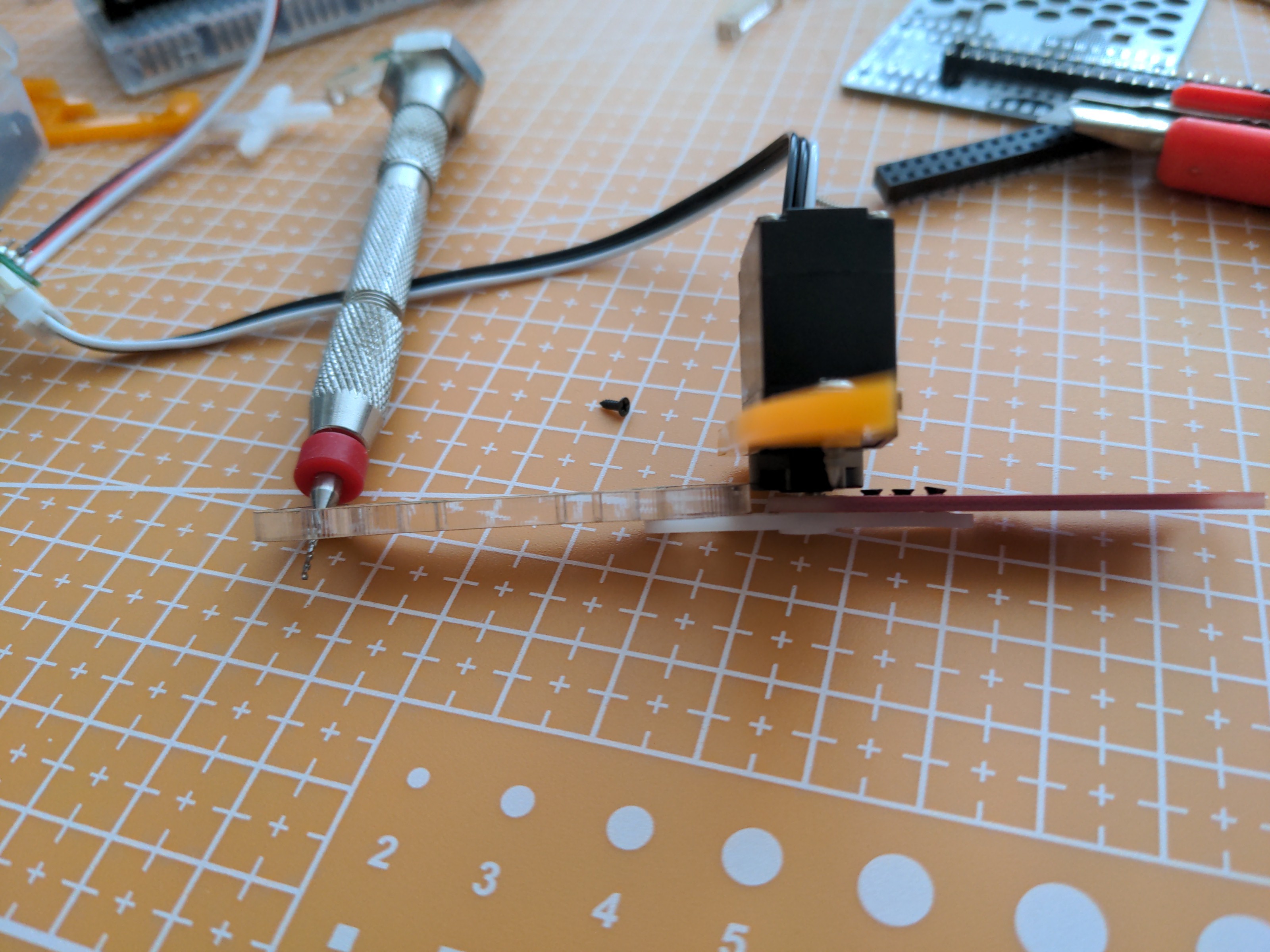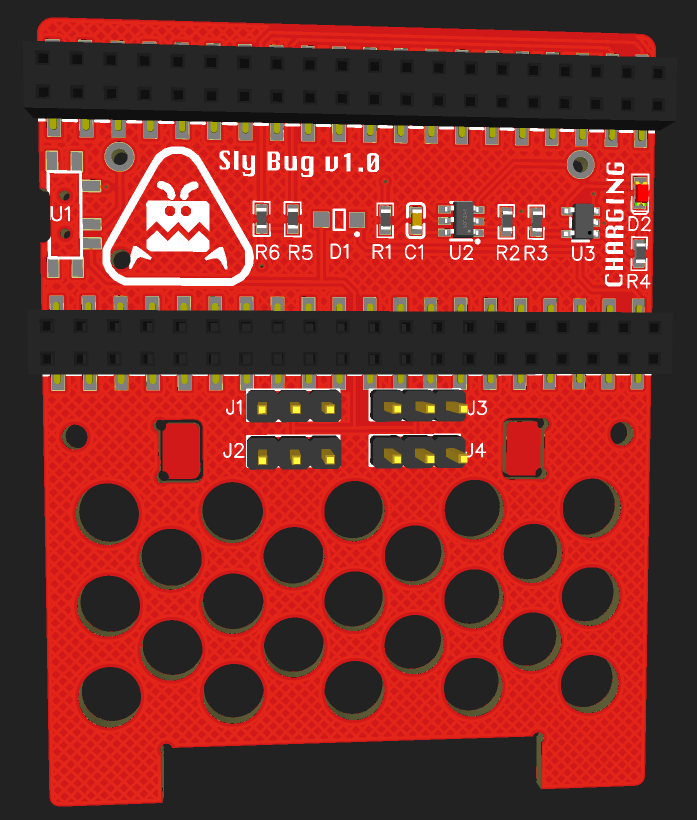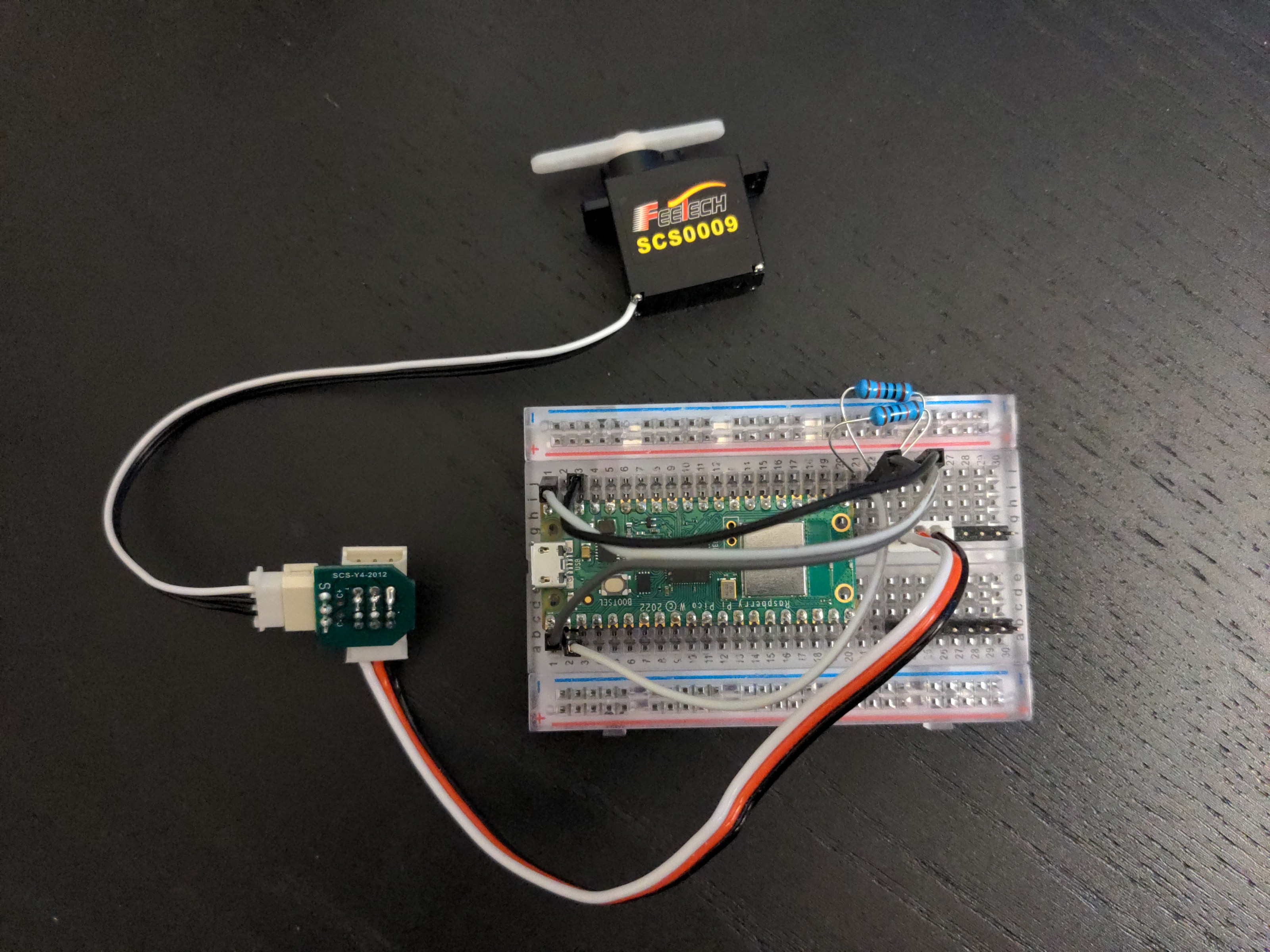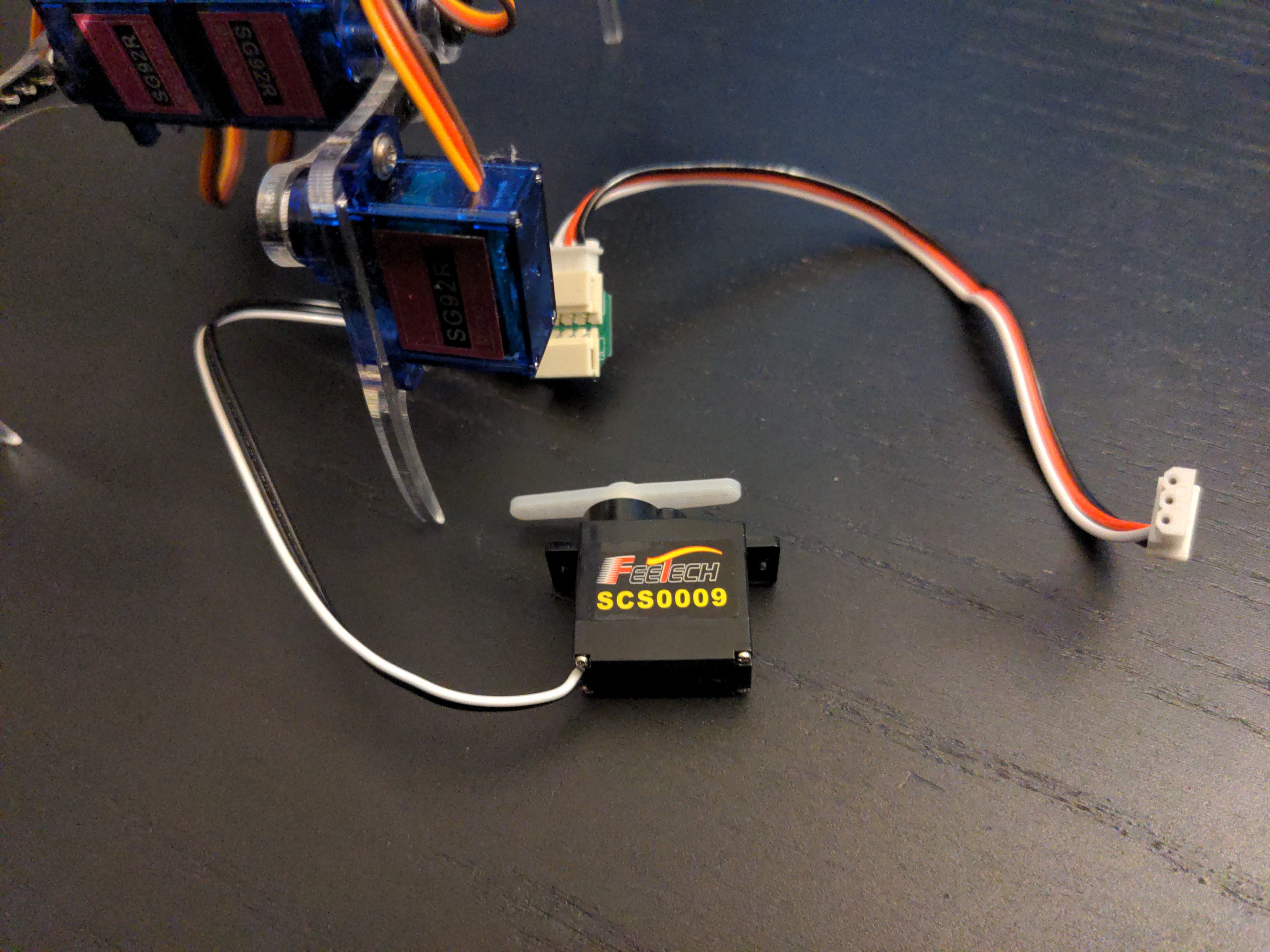This is my first foray into the world of smart servos. The plan is to build a robot similar to #Fluffbug, but use robot servos in place of the rc servos. Since those servos offer telemetry, this opens a lot of possibilities for programming interesting behaviors.
 deʃhipu
deʃhipu


